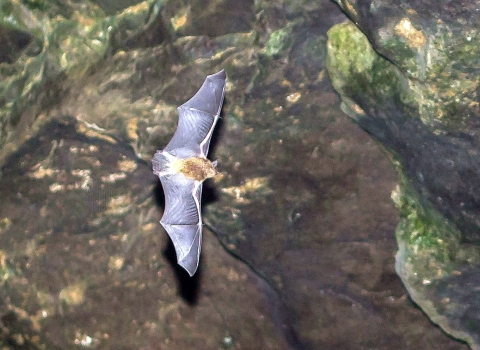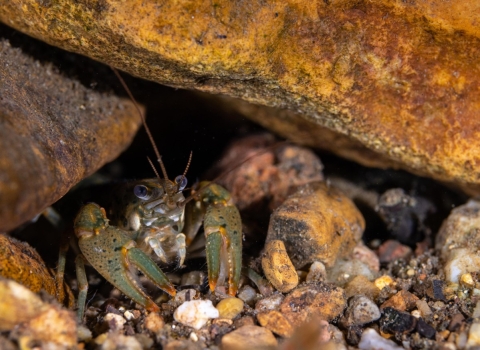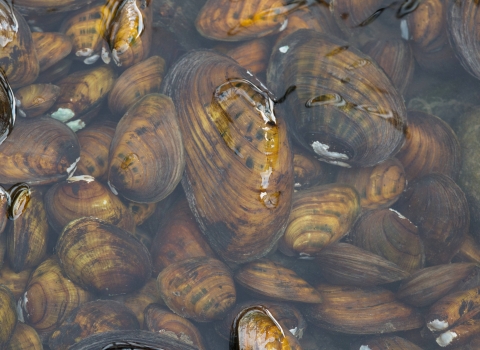Projects and Research
Natural Resources Damage Assessment
The Missouri Field Office manages two very large mining sites, the Southeast Missouri Lead Mining District and Tri-State Mining District, that encompass multiple Superfund sites, thousands of acres of impacted land, and hundreds of miles of contaminated streams. The two mining districts make up the number one historic lead and zinc production areas in the nation, respectively. Managing these cases requires extensive coordination and collaboration with state partners, Department of the Interior Office of the Solicitor, U.S. EPA and the Department of Justice.
Outreach and Education
The Missouri Field office is dedicated to supporting conservation education across the state. Staff members often volunteer with partners at events to share the importance of conservation work, research, and partnerships. You can find our table at events such as Columbia Earth Day, Arrow Rock Birds, Bees and Blooms Festival, and many more. In 2023, the Missouri Field Office partnered with the U.S. Army Corps of Engineers to produce educational videos about bats, crayfish, and freshwater mussels. Those videos can be located in the Missouri Ecological Services Video Library.
Working closely with biologists and researchers from the U.S. Army Corps of Engineers St. Louis District, Missouri Department of Conservation and U.S. Geological Survey, we developed educational videos with several goals in mind.
- Introduce some of Missouri’s federally listed species
- Spotlight the people working to protect, conserve and recover federally listed species in Missouri
- Demonstrate how our agency and our partners study these animals
- Highlight conservation successes
- Share ways people can help protect and conserve species at home and in their communities.
SOUTHWEST MISSOURI RESTORATION STRIKETEAM PROJECTS AVAILABLE FOR PUBLIC COMMENT
The Missouri Department of Natural Resources (MoDNR) and U.S. Fish and Wildlife Service (Service), acting as Natural Resources Damage Trustees (Trustees), are seeking public input on a Striketeam restoration partnership with Pheasants Forever, Inc. and Quail Forever (PFQF). Restoration and...
The U.S. Fish and Wildlife Service and the Missouri Department of Natural Resources, acting as trustees for the Natural Resource Damage Assessment and Restoration, are seeking public input on a draft restoration plan for the Big River in St. Francois and Southwest Jefferson counties. The agencies invite the public to an informational meeting to learn about the trustees’ proposed natural...
Bats across North America are in decline, scientists across the globe strive to protect them. Our agency actively collaborates with federal, state and non-governmental partners to conserve and restore listed bat species. The full video series on bat conservation in Missouri can be accessed on YouTube.
Missouri's bats: flight to survival:...
There are more than 600 species of crayfish in the world, and about 400 in North America. Invasive species are negatively impacting ecosystems across the world, including crayfish habit Our agency actively collaborates federal, state and non-governmental partners to study and protect these aquatic invertebrates. The full video series on crayfish...
Freshwater mussels across the world, including Missouri, are increasingly threatened by habitat loss and degradation. Our agency actively collaborates with federal, state and non-governmental partners to study and protect these essential species. The full video series on freshwater mussel conservation in Missouri can be found on Youtube
...



